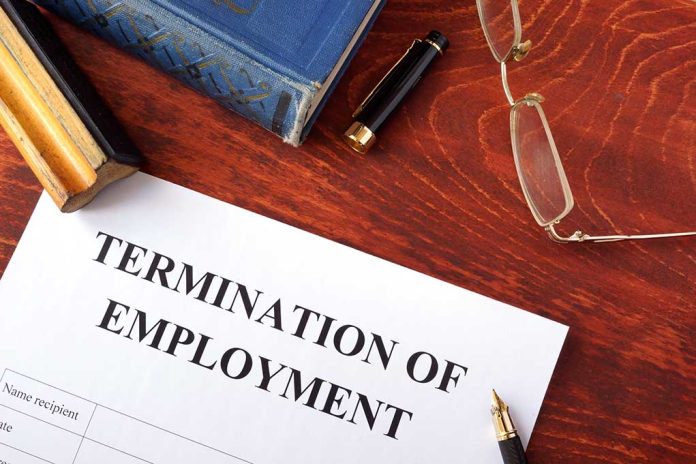
Federal job cuts under the Trump administration spark controversy as thousands face termination.
Key Takeaways
- The Trump administration has initiated mass layoffs across multiple federal agencies, targeting probationary employees.
- Elon Musk’s Department of Government Efficiency (DOGE) is leading efforts to streamline bureaucracy, proposing to eliminate entire agencies.
- Key agencies affected include the IRS, EPA, NIH, VA, and Department of Energy, raising concerns about public service delivery and national security.
- Government employee unions have filed lawsuits challenging the legality of these terminations.
- The impact of these job cuts on government efficiency and public services remains a subject of heated debate.
Mass Layoffs Across Federal Agencies
The Trump administration has embarked on a controversial initiative to downsize the federal workforce, resulting in the termination of thousands of government employees. This sweeping effort, spearheaded by the Department of Government Efficiency (DOGE) led by Elon Musk, has particularly targeted probationary workers who lack civil service protection. The Internal Revenue Service (IRS) plans to lay off thousands during the tax season, while other key agencies such as the Environmental Protection Agency (EPA), National Institutes of Health (NIH), and Department of Energy have already seen significant staff reductions.
The White House has defended these actions as a calculated move to streamline bureaucracy and increase operational efficiency. However, critics argue that these cuts will harm government service delivery and potentially compromise national security, especially in critical areas such as nuclear cleanup site oversight.
Impact on Key Agencies and Public Services
The Veterans Affairs (VA) department has been hit particularly hard, with the most probationary employees fired among federal agencies. This has raised concerns about the impact on services for veterans. The EPA terminated 388 probationary employees, while the Department of Energy let go dozens of staffers at its National Nuclear Security Administration. These cuts have not been limited to lower-level positions; scientists, engineers, and attorneys at the Food and Drug Administration (FDA) have also been affected.
The Department of Agriculture has announced the elimination of “unnecessary positions” as part of its workforce optimization efforts. However, some agencies have received exemptions from the terminations due to backlash, including the Indian Health Service and the CDC’s Epidemic Intelligence Service.
Legal Challenges and Union Response
The mass firings have not gone unchallenged. Five government employee unions have sued the Trump administration, claiming the firings violated legal procedures for “reductions in force.” Additionally, attorneys general from 14 states have filed a lawsuit challenging DOGE’s authority, arguing that it wields “virtually unchecked power” in its efforts to eliminate entire federal agencies.
A federal judge has ordered a halt to terminations at the Consumer Financial Protection Bureau, except for cause related to performance or conduct. This legal intervention highlights the contentious nature of these workforce reductions and the potential for further judicial scrutiny.
Debate Over Efficiency vs. Service Quality
The Trump administration’s approach to federal job cuts has ignited a fierce debate over government efficiency versus the quality of public services. Supporters argue that a leaner government will lead to cost savings and improved operational efficiency. Critics, however, warn of diminished public services and potential risks to national security, particularly in agencies overseeing critical functions like nuclear safety and veteran care.
“This isn’t a haphazard effort of us axing whoever we can ‘get away’ with axing for the sake of it. This is a calculated effort to streamline bureaucracy,” a White House official stated.
As the terminations continue and legal challenges mount, the long-term impact of these federal job reductions on government efficiency and public services remains to be seen. The controversy surrounding these cuts underscores the complex balance between fiscal responsibility and maintaining effective government operations.
Sources:
- IRS will lay off thousands of probationary workers in the middle of tax season
- Thousands of probationary federal health agency workers fired by letter this weekend. Here’s what it said.
- Federal workers express shock, anger over mass firings: “You are not fit for continued employment”
- Trump Administration Fires Thousands of Government Workers







